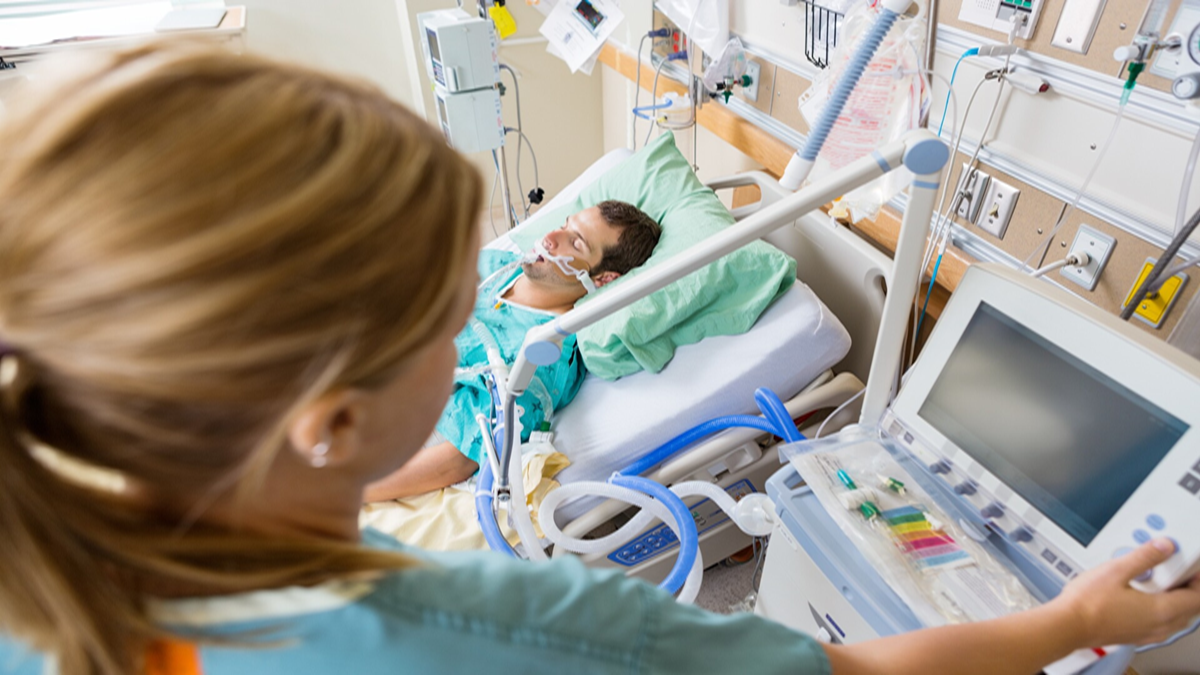In critical care, airway management is a vital part of sustaining a patient's life. When patients rely on ventilators, clearing respiratory secretions becomes a crucial aspect of daily care. This seemingly simple, yet critically important, procedure has undergone significant evolution over the past few decades, progressing from early open suctioning to today's more advanced and safer Closed Suction System (CSS).
Challenges and Limitations of Open Suction Systems
Before the advent of closed systems, the Open Suction System (OSS) was the standard practice for clearing respiratory secretions. Back then, healthcare professionals had to briefly disconnect the patient from the ventilator under sterile conditions to insert the suction catheter into the airway. While seemingly straightforward, this process harbored multiple risks, inflicting significant physiological stress on patients and posing potential threats to healthcare workers.
First and foremost was the concerning risk of infection. Each disconnection meant the patient's airway was directly exposed to the environment. This significantly increased the chance of external pathogens entering the lungs, consequently elevating the incidence of Ventilator-Associated Pneumonia (VAP). VAP not only prolonged hospital stays but also escalated medical costs and mortality risks. Simultaneously, the splashing of secretions during suctioning heightened the possibility of healthcare workers coming into contact with pathogens.
Secondly, physiological stability presented another major challenge for open suctioning. Once a patient was disconnected from the ventilator, they lost continuous oxygen supply and positive pressure ventilation support. For patients with impaired lung function or critical conditions, this could lead to a sharp drop in oxygen saturation, increased heart rate, blood pressure fluctuations, and even severe physiological reactions like arrhythmias or cardiac arrest. Furthermore, brief interruptions in ventilation could cause alveolar collapse, affecting the efficiency of gas exchange in the lungs. These risks necessitated that open suctioning be performed under immense time pressure, demanding exceptional skill and judgment from healthcare professionals.
The Rise of the Closed Suction System
To overcome the numerous drawbacks of open suctioning, the medical device field continuously sought optimized solutions. Around the late 1980s to early 1990s, the Closed Suction System (CSS) emerged and gradually became the gold standard for critical care.
The core design philosophy of the Closed Suction System is to cleverly enclose the suction catheter within a sterile plastic sheath, seamlessly integrating the entire device into the patient's ventilator circuit. This innovation completely transformed the mode of suctioning:
- Continuous Ventilation and Oxygenation:The most crucial breakthrough is that healthcare professionals don't need to disconnect the ventilator to perform suctioning. This allows patients to continuously receive oxygen supply and positive pressure ventilation throughout the suction process, effectively preventing oxygen desaturation and atelectasis, significantly enhancing patient safety and comfort.
- Significantly Reduced Infection Risk: Since the respiratory circuit remains closed, airborne pathogens find it difficult to enter the patient's airway, greatly reducing the incidence of VAP and cross-contamination. This not only protects the patient but also decreases the risk of healthcare workers being exposed to infectious sources.
- Maintained Physiological Stability:With minimal interference to respiratory support, patients' vital signs like heart rate, blood pressure, and oxygen saturation can remain relatively stable during suctioning, reducing the occurrence of complications. This is particularly vital for patients requiring high oxygen concentrations or high Positive End-Expiratory Pressure (PEEP).
- Improved Care Efficiency: The closed system streamlines the operation process, reducing the cumbersome preparation and reconnection steps. This allows healthcare professionals to focus more on assessing the patient's status, thereby improving overall care efficiency.
Safer Healthcare
From manual, high-risk open suctioning to today's sophisticated and safe Closed Suction Systems (CSS), the evolution of airway management technology isn't just a triumph of medical engineering; it's a profound commitment to patient quality of life and safety.
Globally, many excellent medical device companies continue to invest in research and development in this field, aiming to provide even higher quality products. For instance, Vitaltec, a company based in Taiwan, has been deeply rooted in the medical device sector for many years. They offer a range of closed suction system products, dedicated to providing safe and efficient solutions for clinical healthcare professionals, collectively safeguarding patients' respiratory health.
The widespread adoption of closed suction systems has become an indispensable part of modern critical care. It shows us how technology empowers healthcare, building a stronger defense for vulnerable lives and continuously pushing medical care towards higher standards.







.png)






